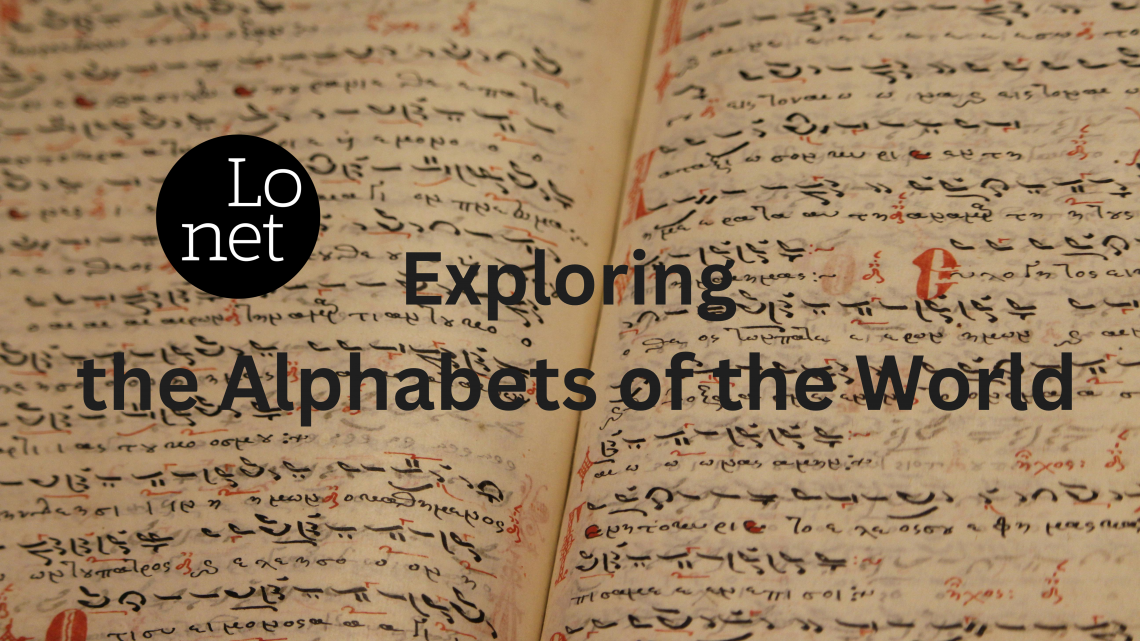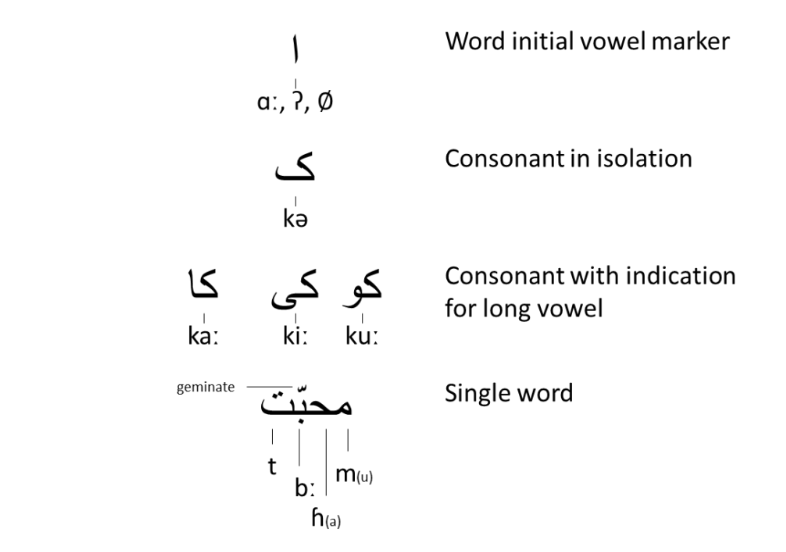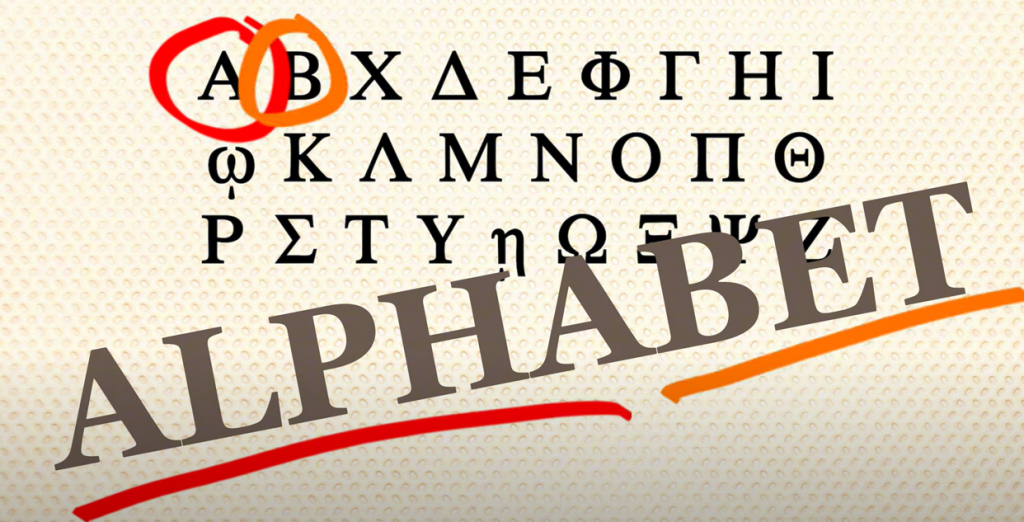
A journey through the alphabets of the world: exploring alphabets and sounds
We all learn the alphabets and sounds of our native language from a very young age. Thus we get the ability to name letters and identify the sounds they make. Without this knowledge, we wouldn’t be able to share or perceive information in a written way. So, the importance of learning the alphabet of your native language is not even questioned. However, when learning a second language (especially if they are of the same language family), we often skip the phonetic alphabet. We even sometimes skip learning the alphabet altogether. It seems basic, we feel we know it and it doesn’t seem important.
Let’s take a look at the alphabets of the world and see what makes them an important part of a language that should not be missed. Let’s dive into the question of the importance of the alphabets in human communication, highlighting unique features of various alphabets from around the world and their historical significance.
What is an alphabet
An alphabet is a set of standardized symbols (letters) that reflect sounds used in a specific language.
Difference between letters and alphabets
Letters are single characters (in the alphabet) used to represent sounds or combinations of sounds in written form.
An alphabet is a full set of standardized symbols (letters) of a specific language, put in a certain sequence.
How many alphabets are there in the world
There are more than 370 alphabets in the world.
Some alphabets share the same letters or symbols. Some languages use the same alphabet. For example, most West-European languages use the Latin alphabet.
Why Are There So Many Alphabets in the World’s Languages?
Alphabets, abjads, abugidas, and syllabaries
You will be surprised to know that there are some languages that are not alphabet-based.
In some languages instead of letters they use pictures, or characters, to display sounds or syllables.
Syllabaries
Japanese is the best example of a language that uses syllabaries in it script. Syllabaries are written symbols used to represent syllables.
That means that you write in Japanese using symbols instead of letters, thus the building blocks for words are syllables, not letters. This Japanese system of syllabic writing is called kana.
Abugidas
Another interesting script, different from an alphabet is abugida. Abugidas consist of symbols for consonants with inherent vowels. Each consonant has an inherent vowel which can be changed to another vowel or muted by usage of diacritics or other separate notations.
Most of the writing systems of South Asia, Southeast Asia and Tibet are abugidas. Ethiopian and the Canadian Aboriginal languages use abugidas as well.

Source of the image: psychologyoflanguage
Abjads
Some writing systems are “consonants-only”, where all the letters are consonants. We call them abjads. The vowels exist only as sounds (wihtout a written representation). Even though we can add vowels in some abjads (as secondary notation signs), it is not obligatory. Without the vowels we would still write it correctly.
Abjad are commonly written from right to left, which is different from most other writing systems.
Languages that use abjads include Arabic, Persian, Hebrew and Urdu.
Learn Arabic: the Million-Word Language. Interesting facts about Arabic language
Abjads differ from syllabaries in that the vowel quality of each letter is left unspecified, and must be inferred from context and grammar.
The Persian writing system:

Source of the image: psychologyoflanguage
Watch more about the writing systems of the world in this video:
Writing Systems of the World | Abjads, Alphabets, Abugidas, Syllabaries
The Easiest Alphabet In The World
Major European alphabets
Most of European language writing systems are based on Latin, Cyrillic and Greek scripts.
Hence the following major alphabets.
Latin Alphabet
The Latin alphabet traces its origins to at least 600 BCE. It has roots in the ancient Greek alphabet, which in its turn was developed from the ancient Phoenician and Etruscan writing.
Interestingly, the abjads also come from the same combination of various scripts used at that time. Even the terms “alphabet” sounds like the first two letters of Greek “alpha” and “beta” ( A & B)

Source of the image: youtube.com/@kingmono
As we explore the term “alphabet,” as a derivative from the Greek “alpha-beta,” contrasting it with the Phoenician “abjad”, we can see how these ancient scripts were not mere symbols but a sophisticated system reflecting the phonetics and linguistics of their time.
How many letters are there in the Latin-based alphabets
The English alphabet consists of 26 letters: 21 consonants and 5 vowels.
The German alphabet consists of 30 letters: 26 basic letters (same as English) + 4 special characters which are uniquely German: ä, ö, ü, and ß. The best way to learn the German alphabet
The Italian alphabet has 21 letters: 16 consonants and 5 vowels.
The Latvian language alphabet consists of 33 letters: 22 unmodified Latin latters + 11 letters marked by diactritics. The Latvian alphabet and its pronunciation
The Spanish alphabet includes 27 letters. Of course, as in many other languages, they combine to a greater number of sounds. Everything you have to know about the Spanish alphabet
How to learn Spanish and Spanish words in an effective way.
Estonian alphabet has 27 letters. About Estonian alphabet in a nutshell
The modern Dutch alphabet consist of 26 letters, from which six (or five) letters are vowels and 20 (or 21) letters are consonants, depending on how ⟨y⟩ is used. Learn more about the Dutch alphabet
Cyrillic Alphabet
The Russian alphabet is the best example of Cyrillic alphabet.
The Russian alphabet has 33 letters, of which there are 10 vowels, 21 consonants, one semivowel Й and 2 letters-signs (silent letters). The same number of letters are in the Ukrainian alphabet and Belorussian.
Learn the Cyrillic alphabet in one video
Here is what the Russian alphabet looks like (in dictionary order).
А, Б, В, Г, Д, Е, Ё, Ж, З, И, Й, К, Л, М, Н, О, П, Р, С, Т, У, Ф, Х, Ц, Ч, Ш, Щ, Ъ, Ы, Ь, Э, Ю, Я
Learning the Cyrillic scripts opens doors to many other languages and help you read Russian, Serbian, Macedonian, Bulgarian or other languages using the Cyrillic/Slavic/Bulgarian alphabets. We highly encourage you to practice by doing your own phonetic drillings of the sounds. Or you may want to hire a professional Russian language coach.
Learn the pronunciation of the Russian letters and sounds with the native Russian tutors online.
Greek Alphabet
We already know that the word ‘alphabet’ is derived from the first two letters of the Greek alphabet – ‘alpha’ and ‘beta’. One of the interesting facts about the Greek alphabet is that it was the first alphabet using vowels. As the Greek alphabet is very close to the Latin one, the letters look quite similar, although they sound differently.
Greek is one of the oldest documented living languages in the indo-european language family. Initially, the ancient Greek alphabet didn’t have the lower and upper cases. All the letters were of one case. The lower and upper cases were developed later.
The only modern language which uses the Greek alphabet is Greek. No other modern languages use the Greek alphabet any more.
Phonetic alphabet: alphabets and sounds
A phonetic alphabet is a set of symbols that represent sounds.
Difference between letters and sounds in phonetic alphabet
One letter in the alphabet has its name, but it may sound differently in words.
For example, an English letter A has the name “ei”.
But we don’t always pronounced it as “ei”. We often pronlounce it as “e” or “a” or broader “e” or shorter “a” and longer “a”.
Phonetic alphabet is a set of signs (symbols) meant to represent each of those different sounds.
Checking the phonetic dictionary we understand the way of pronunciation of this specific letter in this specific word.
Example:
Man /mæn/ – broad e
Male /meɪl/ – sound ei
Car /kɑːr/ – long sound a:
These phonetic signs are also called transcription and they can be found in most of the dictionaries.
Summary:
- An alphabet is a set of standardized symbols (letters) that reflect sounds used in a specific language.
- Letters are single characters (in the alphabet) used to represent sounds or combinations of sounds in written form.
- There are more than 370 alphabets in the world.
- Most West-European languages use the Latin alphabet.
- In some alphabets they use pictures, or characters, to display sounds, instead of letters.
- Syllabaries are written symbols used to represent syllables.
- Abugidas are symbols for consonants with inherent vowels.
- Most of the writing systems of South Asia, Southeast Asia and Tibet use abugidas.
- Abjads are “consonants-only” writing systems, where all the letters are consonants.
- Languages that use abjads include Arabic, Persian, Hebrew and Urdu.
- The terms “alphabet” comes from the first two letters of Greek “alpha” and “beta” ( A & B)
- A phonetic alphabet is a set of symbols that represent sounds.
The Russian alphabet unveiled: a guide into Cyrillic alphabets, letters, and sounds
The best languages to learn for carreer opportunities.
How many words are there in Spanish